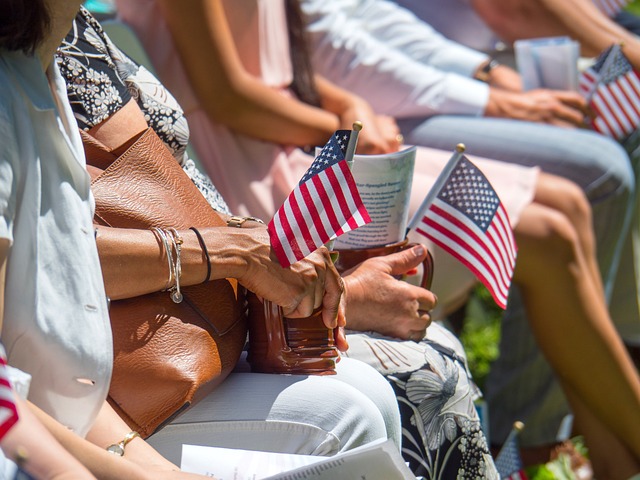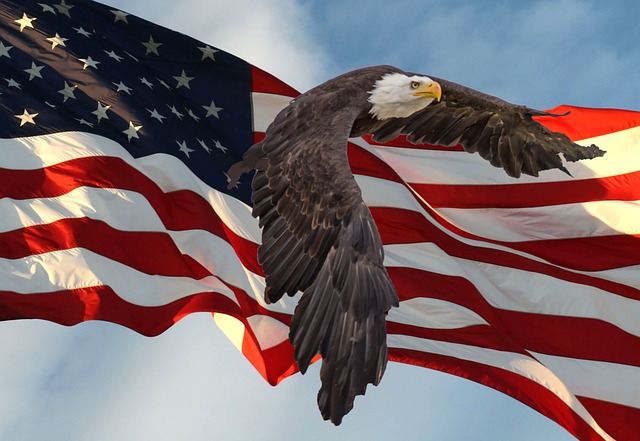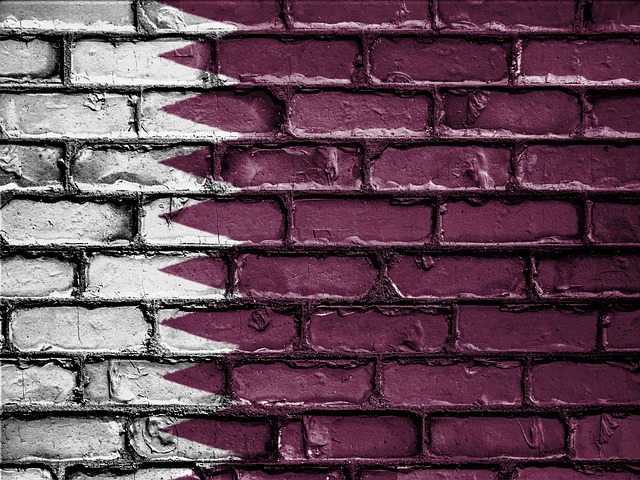The American flag, a powerful symbol of freedom, unity, and national pride, requires proper display and respect. Each color and design element holds profound symbolism, representing values like democracy and liberty. It should be hung vertically with stars at the top left, clearly visible, and never touch the ground or any object below. Flying rules vary for holidays, ceremonies, and mourning periods; folding it precisely into quarters when not displayed is also crucial. Proper care, storage, and respect, including avoiding inappropriate use or securing outdoor displays, ensure this symbol's integrity. Engaging in "flag day" events at open spaces near you (Us flag near me open) promotes patriotism and educates others on etiquette.
“Unravel the profound symbolism and rich history of the American flag, a symbol of freedom and unity. This comprehensive guide explores the proper ways to display and respect our nation’s colors, ensuring they fly proudly and correctly at homes, events, and public spaces. From understanding the flag’s significance to maintaining its integrity, learn how to honor our heritage with every hoist. Discover tips for flying the US Flag near you, open to all, fostering a deeper connection to our shared values.”
- Understanding the Symbolism and History of the American Flag
- Correct Display and Placement Guidelines
- How to Fly the Flag on Different Occasions and Events
- Maintaining and Respecting the Flag: Tips for Longevity and Honor
Understanding the Symbolism and History of the American Flag

The American flag, often referred to as Old Glory or The Stars and Stripes, is more than just a piece of fabric; it’s a symbol of freedom, unity, and national pride. Each color and design element holds profound symbolism. The red stands for valor and courage, white symbolizes purity and innocence, while blue represents vigilance, perseverance, and justice. The stars, arranged in rows, signify the 50 states that make up the United States, while the stripes represent the original thirteen colonies that fought for independence.
Understanding this rich history is essential when displaying or flying the flag. Whether you see it fluttering from a pole near you (as often seen with a Us flag near me open spaces) or hanging proudly indoors, remember the values and struggles it represents. The American Flag serves as a constant reminder of the nation’s heritage, inspiring generations to uphold its principles of democracy and liberty.
Correct Display and Placement Guidelines

When flying the American Flag, proper display and placement are essential to show respect and honor its symbolic meaning. The US flag should be hung vertically with the stars positioned at the top left corner. It’s crucial to ensure it is flown at a height that allows it to be seen clearly from both ground and passing aircraft, typically halfway between the top of a staff and the building or structure’s roofline (if displayed on a pole).
To maintain its integrity, the flag should never touch the ground or any object below it. When mounted on a pole, it must be secured at all times, especially during inclement weather. If you’re unsure where to display the flag near you, consider public buildings, schools, and government offices, as they often have specific guidelines for appropriate placement.
How to Fly the Flag on Different Occasions and Events

Flying the American flag is a symbolic act that carries significant meaning, especially during various occasions and events. Here’s how to properly display the stars and stripes based on different scenarios, ensuring respect for its symbolism.
For instance, when flying the flag on national holidays like Independence Day or Memorial Day, it should be hoisted at the peak of the pole, with the blue field (union) atop. During special events or ceremonies, the flag can be displayed flat against a wall or suspended horizontally over a street or entrance. When representing your community, such as at a local event or gathering, flying the flag half-staff (or half-mast in maritime contexts) signifies respect and mourning—a tradition often observed on days of national tragedy or to commemorate veterans. In casual settings like sports events, the flag can be displayed vertically with the union at the top left corner, showcasing patriotism while allowing for easy visibility during activities. Always remember, whether it’s a Us flag near me open or any other location, proper flag etiquette ensures the American flag is treated with the respect and honor it deserves.
Maintaining and Respecting the Flag: Tips for Longevity and Honor

The American flag, a symbol of freedom and unity, deserves our utmost respect and proper care to ensure its longevity. When not in use, the flag should be folded neatly into quarters, with the blue field containing the stars visible at the top. This folding method is known as the “flag fold” or “military fold.” It’s important to keep the flag clean and free from stains or damage; regular washing and proper storage can prevent wear and tear.
Respecting the flag means understanding its history and significance. Never allow it to touch the ground, be crumpled, or be used as a floor covering. When displaying the flag outdoors, ensure it is properly secured and not subject to weather conditions that could damage it. On special occasions, you might consider hosting a “flag day” event near your Us flag near me open space, where community members can gather, learn about flag etiquette, and show their patriotism while honoring our nation’s symbol.
